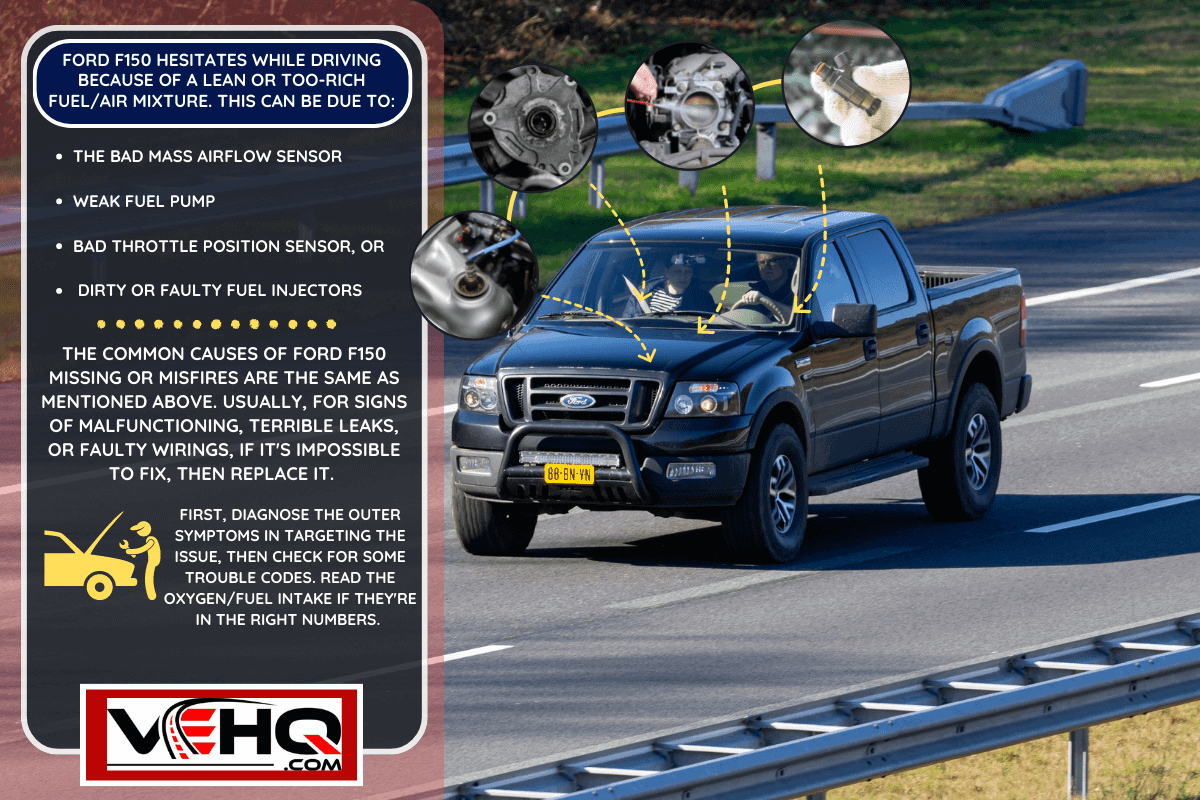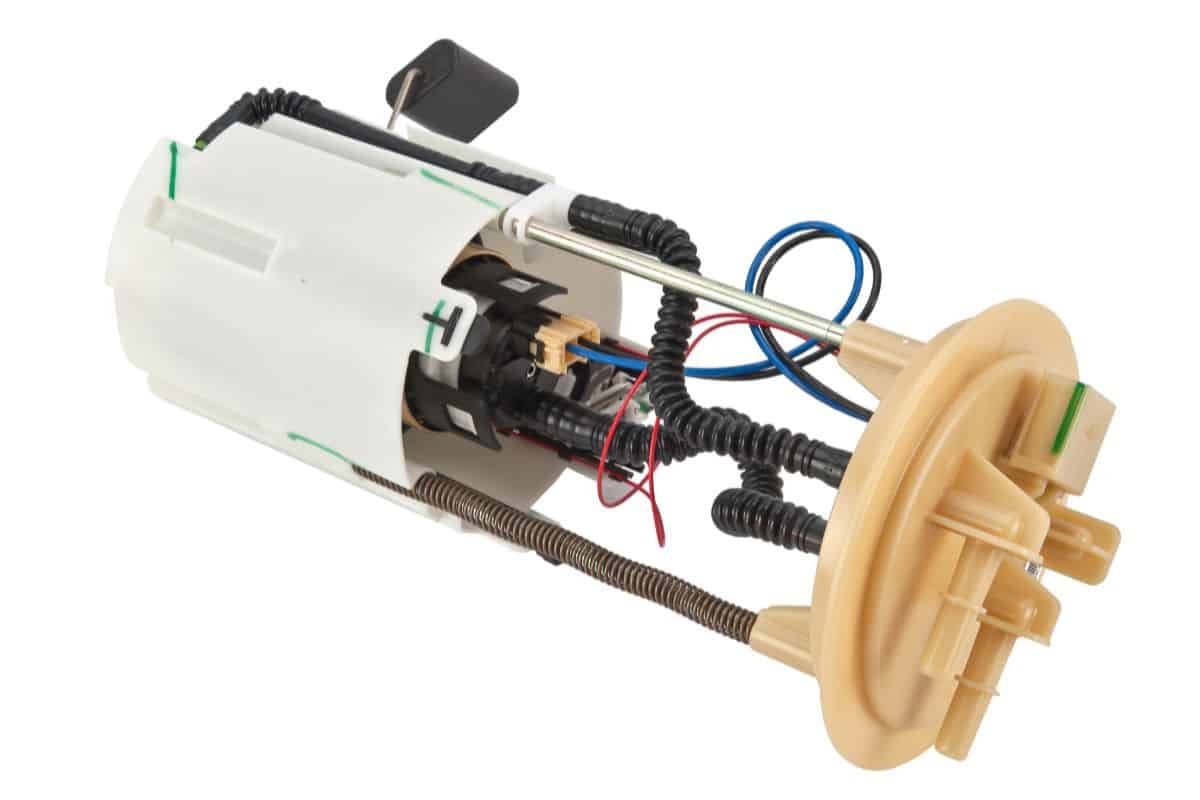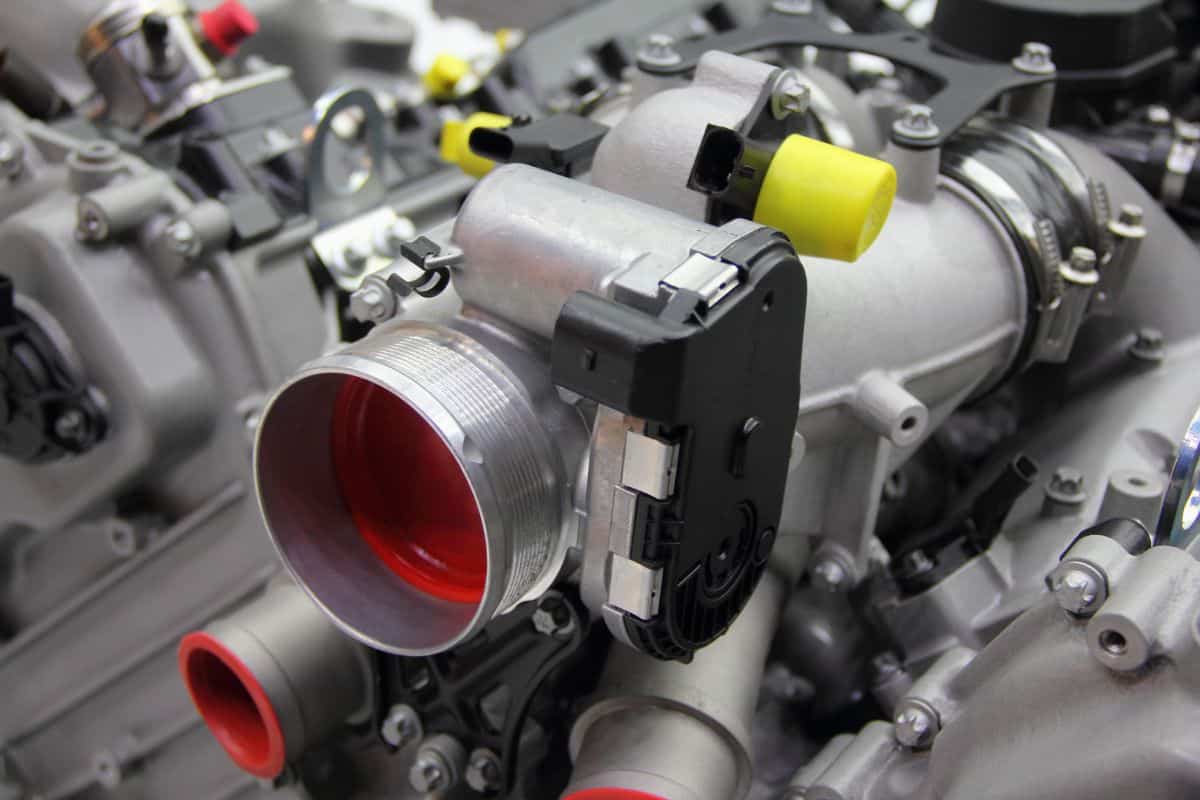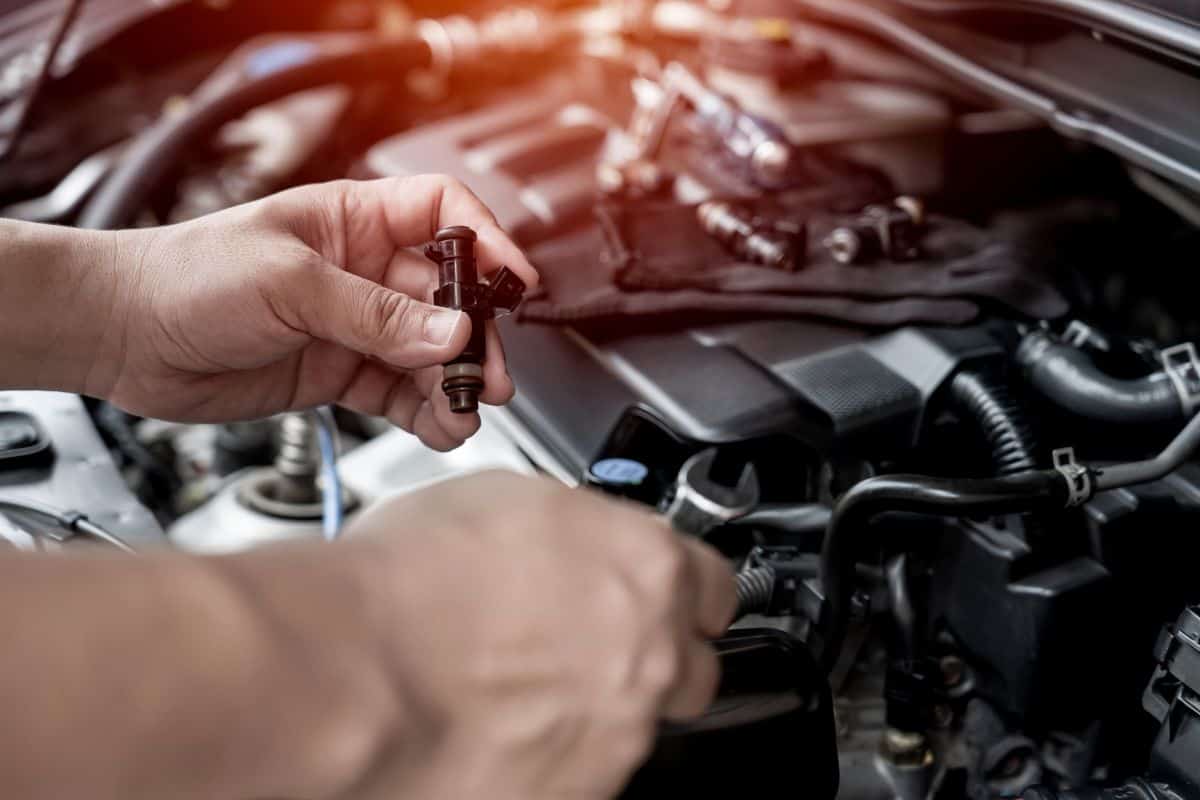If your Ford F150 is hesitating and missing, don't ignore these warning signs! Prompt assessment and repair are advisable so that it won't hurt your truck. To help you troubleshoot, we've researched the reasons why an F150 might do this.
Ford F150 hesitates while driving because of a lean or too-rich air:fuel mixture. This can be due to:
- bad mass airflow sensor
- weak fuel pump
- bad throttle position sensor
- dirty or faulty fuel injectors
You've learned some possible reasons why the Ford F150 stumbles or is scarce of power when driving. But, it can be one issue or more in your case. Oftentimes, an error code can help you to narrow down the issue. So, keep reading to learn about the step-by-step fixes and recommendations.

Ford F150 Hesitation And Missing While Driving [How To Fix]
Hesitation and missing make the truck move at a slower speed. It can be dangerous, especially when you're on the highway. The truck moves with sudden accelerations, which can cause traffic accidents.
Ford F150 Hesitation Causes

This hesitation occurs when the F150 accelerates and the engine misfires, trips, and shorts power. The most common cause is an improper air:fuel mixture. It can be lean or too rich. Or, there's a weak system ignition and misfires when the engine approaches less load.
Bad Mass Airflow Sensor
The sensor estimates air going into the engine and sends this data to the car's computer. It is to know the exact amount of fuel to be put in by the fuel injectors. An error code that says, "Check Engine" light often appears when you have a bad mass airflow sensor.
Check the sensor for exterior damage and if the wiring is tightly connected and the harness is stable. If there are visible faults, best to replace the sensor.
Replacing A Mass Airflow Sensor
It is recommended to change a faulty mass airflow sensor. This is a friendly guide if it's your first time replacing a mass airflow sensor. Follow the steps below:
- Detach the negative battery ends.
- Remove the electrical connector plug on the sensor.
- Unscrew the air intake hose clamp at the throttle main with a flathead screwdriver. Unclip the ones fastening the filter casing and pull out the air intake tube. You may also replace the air filter at this time.
- Examine the sensor for any damage. Clean it with a mass airflow sensor cleaner and let it dry for 10 minutes.
- If it still doesn't work properly after cleaning, unbolt the sensor to the intake tube with a ratchet and socket. Slip the sensor from its frame.
- Put in the new sensor without touching the wire of the temperature sensor. Bending it may lead to incorrect reading.
- Also, change the air intake tube. Reconnect and fasten all the screws and bolts.
Check out this mass airflow sensor on Amazon.
Weak Fuel Pump

Pull out the fuel tank to thoroughly check what's the matter with it. If the pump is at fault, it needs replacement. A faulty pump creates a loud, droning sound from the gas tank. It can also indicate low or contaminated fuel. If you want to check if you have a healthy fuel pump, notice if there's a minimal hum.
Replacing A Fuel Pump
Warning: the fuel pump is flammable and contains a hazardous substance. Make sure to be alert throughout the replacement and wear safety gear. Work in a place without other sources of flammable substances or possible combustion. Carefully follow the steps below:
- Detach the negative battery cord.
- Lift your car to acquire entry underneath the vehicle.
- Reduce the pressure of the fuel system. You may refer to your car service's manual.
- Disengage the filler neck from the fuel tank.
- Brace the fuel tank with the jack and a bar of wood.
- Unbolt the straps securing the fuel tank in the car.
- Slowly detach the connected wires, fuel lines, and vent hoses on the head of the tank. Carefully lower the tank completely.
- Carefully take out the tank from the car.
- Clean the head of the tank all over the fuel pump body preventing drops of dirt into the tank once removed.
- Remove the fuel pump body from the tank by unscrewing the plate attachment. It is indicated in your car service manual.
- Position the new pump in reverse order from when removing the old one. Reconnect all the connections, lines, and wires from earlier.
Check out this fuel pump assembly on Amazon.
Bad Throttle Position Sensor
This sensor detects how much pressure is put on the accelerator pedal. It then sends this data to the car's computer. The computer can modify the ignition timing and set the fuel meter. Check the sensor and the wiring to see any malfunctions. While replacing the sensor, tidy up the throttle body.
Replacing A Throttle Position Sensor

Prepare your work gloves and safety glasses. You will also need a screwdriver set and a voltmeter. Here's a friendly guide to changing a malfunctioning throttle position sensor:
- Detach the battery.
- Unplug the wire harness that links to the car's computer system.
- Unscrew the sensor in position.
- Take off the old sensor. Dispose of it properly.
- Place the new sensor and fasten the score back to hold the new sensor in place.
- Plug in the firing harness and re-attach the battery cables.
Check out this throttle position sensor on Amazon.
Faulty Fuel Injectors
Cleaning the fuel injectors usually repairs clogged or dirty injectors and returns them to normal function. However, the fuel injectors need replacement in some cases, especially if they cause accident-prone car problems like hesitation. It can start with a misfire that can lead to hesitation.
Replacing Fuel Injectors

Replacing the injectors requires more effort and skills. It may take you two or more hours to finish the task. Always check your car service manual for specifications. Gather the new fuel injectors, fuel injector seals, ratchet and socket set, flathead screwdriver, pliers, and towels. Get ready to replace them.
- Unbolt the brackets keeping the fuel rail in position with a socket and ratchet.
- Cool down the engine first before detaching the battery.
- Set aside the engine's plastic cover with the proper socket.
- Disengage the electrical connector from all injectors with pliers.
- Remove the fuel rail (metal shaft on top of the injectors) with a straight-up motion from the intake manifold with the injectors with it. Add a little force enough to remove the rail. Be careful not to bend or buckle the rail.
- Check the injectors. Take away any tiny metal clips that resemble a staple. While holding the injector, move from side to side from the rail. Watch out for the drips from the injector and the rail. Use a towel to catch and wipe the drips.
- Hold steady the injector to the rail until its end and connect the metal clip if there's any.
- Put back the fuel rail. Ensure the injectors are aligned and slid back properly into their position.
- Place the fuel rail with bolts and reconnect the lines. Hook up the injector electrical connections.
- Engage the battery.
- Put the key on "set." Wait 10 seconds before starting the engine. It is for the fuel pump to refill the lines and rails. Lastly, make sure there are no leaks from the injectors.
Check out these fuel injectors on Amazon.
Ford F150 Missing or Misfires
Multiple cylinders don't bring about power when a car is missing or misfires. The signs that your vehicle is missing or misfiring are slow speed, shaking while driving, and hesitation. The misfires can happen recurrently. Misfires can lead to car hesitation. That's why the causes can be similar to car hesitation.
Why Is My F150 Running Rough?

The usual reasons your Ford F150 runs roughly are leaks in the vacuum, faulty spark plugs, or ignition coil. Also, it can happen when any of the air, fuel, or spark that create ignition has a problem. The most common issue is the ignition system. Check it out or bring your car to a car repair shop.
Summing Up
The Ford F150's hesitant and missing issues are because of common reasons like the faulty mass airflow sensor, weak fuel pump, bad throttle position sensor, or dirty or faulty fuel injectors. There can be more underlying reasons. Make sure to regularly maintain and have your car checked by a car expert whenever necessary.
Discover more fixes for your Ford F150 in these posts:




